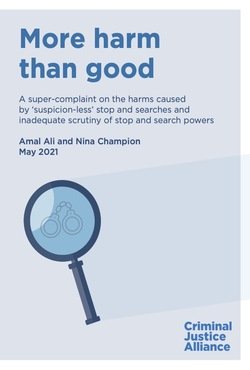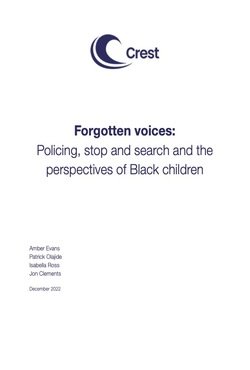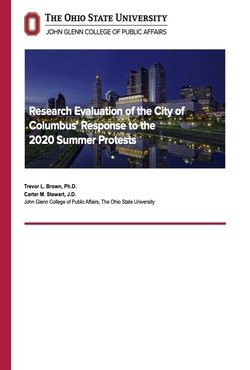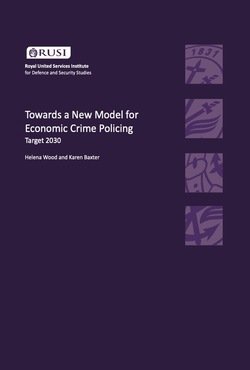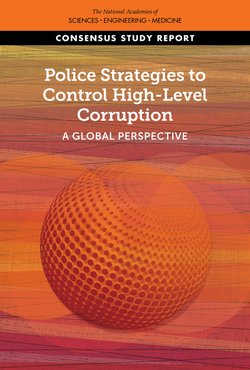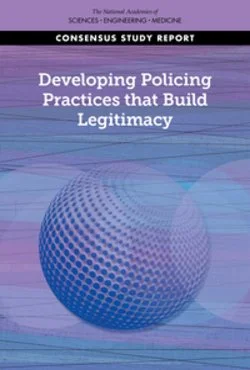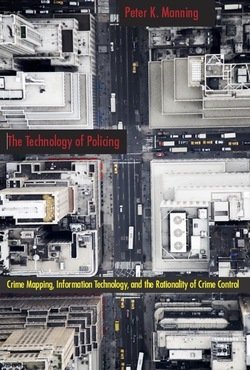By Amal Ali and Nina Champion
It is widely accepted that policing is most effective when it secures the co-operation, trust, and confidence of the public. The police themselves recognise that these features are critical to their relationship with the public and form an important part of their day-to-day working culture. This co-operation, trust and confidence is being undermined by unfair and disproportionate stop and search practices. Such practices cause alarm and distress to members of the public, damage trust and confidence in policing, and make the police’s job more difficult overall. We therefore believe that due to the harms outlined in this report, the government must urgently repeal the harmful s.60 police power and instead invest in working with communities to improve trust and confidence and tackle the root causes of violent crime. Furthermore, insufficient scrutiny of stop and search powers means that the police are not effectively being held to account where there is evidence of unfair and discriminatory use of these powers. Fair and effective community scrutiny for all police forces should be mandated, adequately resourced and supported by an independent national body. Section 60 (s.60) of the Criminal Justice and Public Order (CJPO) Act 1994 allows a constable in uniform to stop and search any pedestrian, or any vehicle for offensive weapons or dangerous instruments. This legislation was originally introduced to tackle football hooliganism and the threat of serious violence at football games. Today, s.60 permits officers to search a person or vehicle in anticipation of violence if an officer of or above…..
-
the rank of inspector ‘reasonably believes that incidents involving serious violence may take place in any locality’. These powers are only to be authorised in a designated area for a specific period of time.
London: Criminal Justice Alliance, 2021. 38p.


